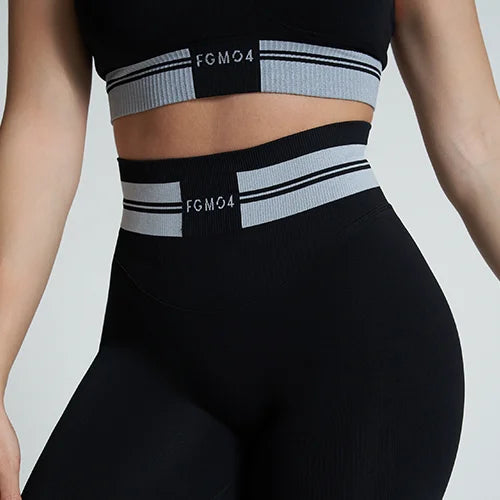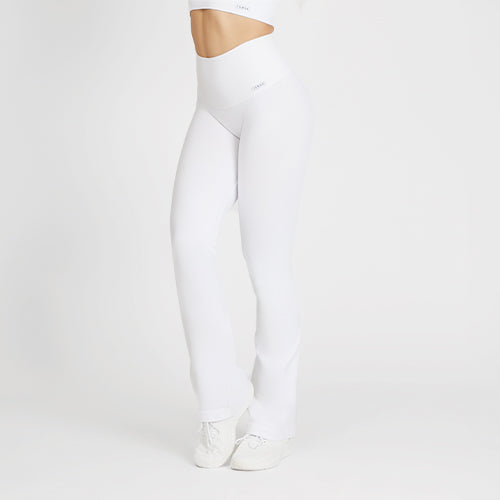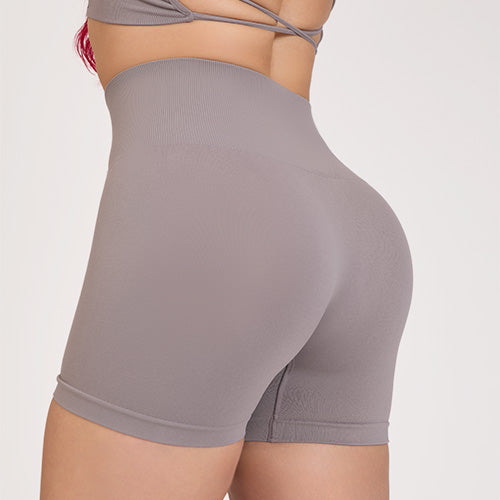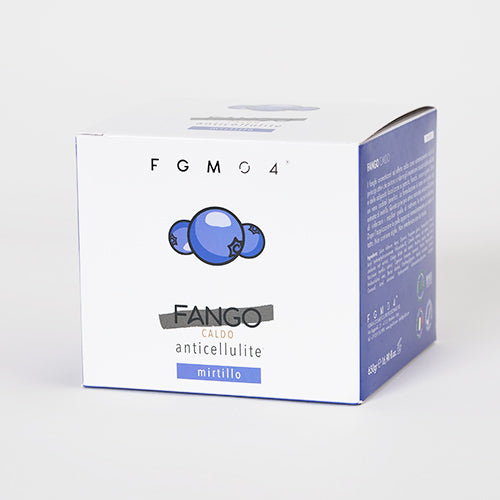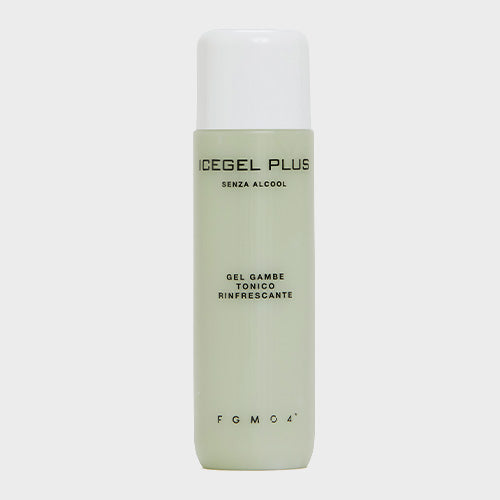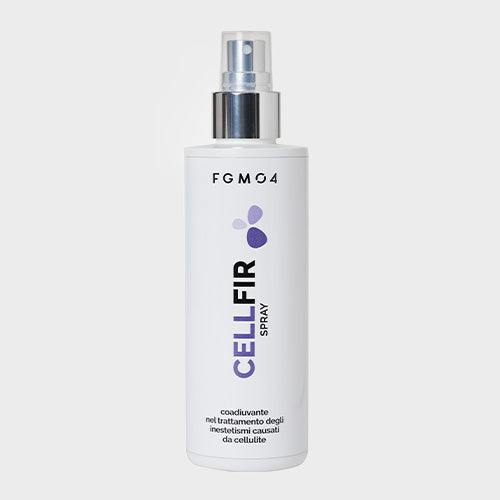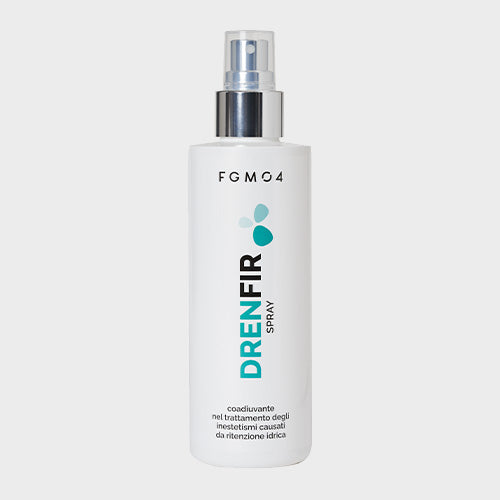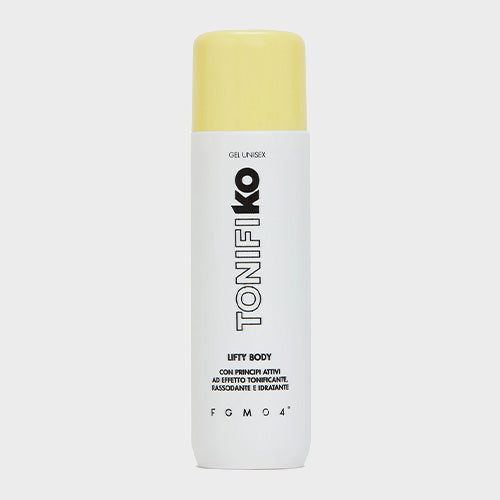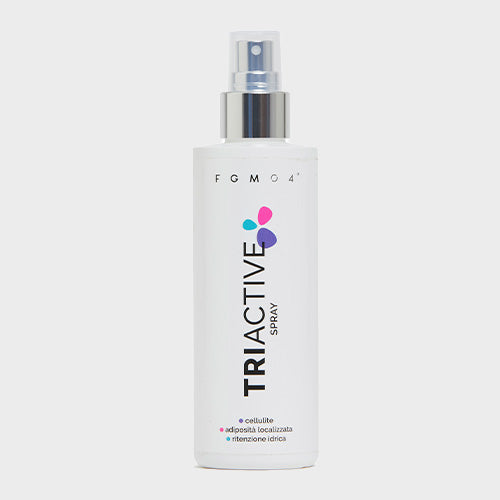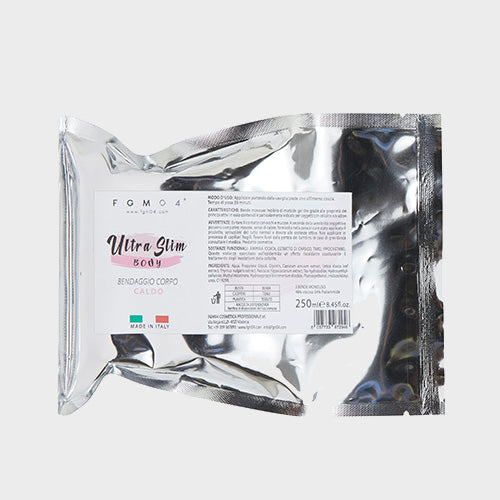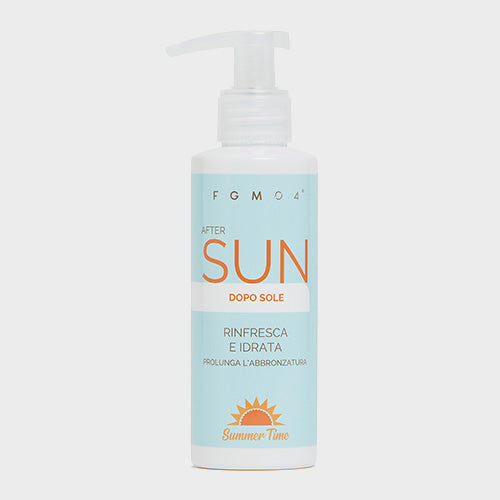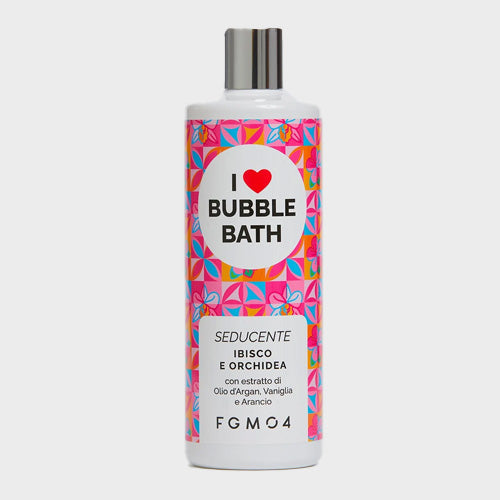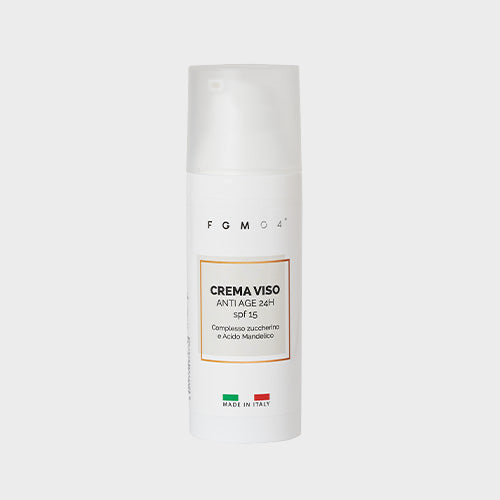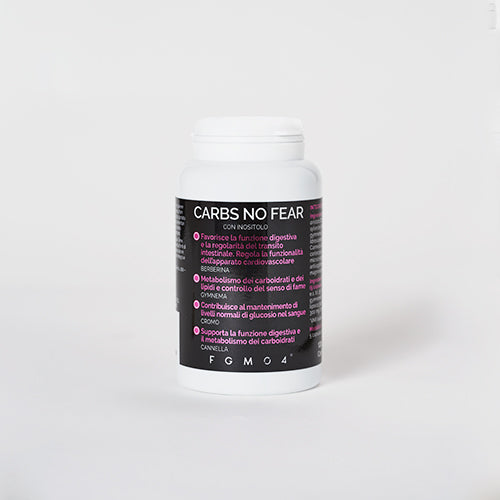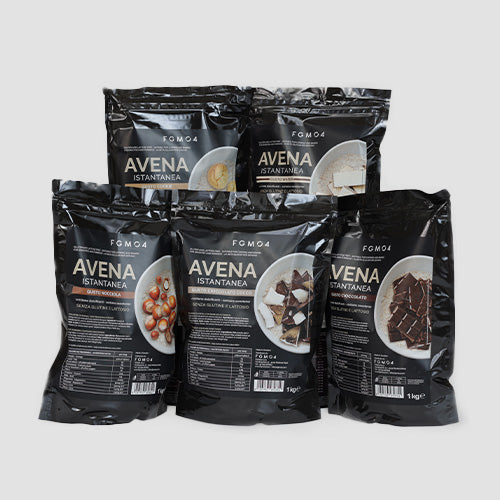An attribute often associated with the wine. But also to disinfectants, to a Type of panels (“phenolic plywood” or “phenolic multilayers”) and to a gluing mode (“phenolic glue”). And also to cosmetics.
When we talk about “phenolic” we are referring to something that contains phenol, an aromatic chemical compound that serves to replace one or more hydrogen atoms with hydroxyl groups -OH. Derived from benzene and also known as carbolic acid, phenol is itself a corrosive substance and is very soluble in ethyl ether, ethanol and acetic acid. But it also has many beneficial properties, as we will see in the case of cosmetic and dermatological products.
Find out more about the meaning of phenolic and his Technical features.
Phenolic substances: use of the phenic acid
Synthetic resins
The last 25-30 years have seen a sharp increase in the production of synthetic resins and plastics. These are materials obtained through polymerization processes starting from simple substances derived from petroleum and widely used in various fields: automotive, nautical, building, communication. Specifically, synthetic resins are applied in the construction of door and window profiles, floors, multilayer panels, marine compensated, electrical cables, tubes, optical fibers, computers, microchips, cellular telephony.
Nylon
The term nylon refers to a group of polyamide fibres, the best known of which is nylon 6.6, commonly called by us "nylon”. Nylon is the oldest industrially prepared synthetic fibre, with thecarbolic acid involved in the first part of the process: starting from benzene, phenol is obtained, which through hydrogenation is transformed into cyclohexanol, which in turn is oxidized to cyclohexanone.
Dyes
Phenol is used to make dyes and has a history of widespread use in the cosmetics industry for the manufacture of hair dyes and sunscreens.
Cleaners & Disinfectants
Among the oldest disinfectants, phenol is widely used in the production of alkylphenols which find application in the sector of synthetic detergents and household products. Phenolic compounds are also found in some varieties of mouthwashes and hand soaps that act as disinfectants.
Herbicides and herbicides
Among the various organic herbicides, those phenolic derivatives are used for pre-harvest defoliation in cotton crops and also serve to thin out flowers in fruit trees. An area in continuous evolution is that of herbicides and herbicides, with the aim of obtaining increasingly eco-friendly solutions that do not affect the human body.
Wine and phenolic compounds
Phenolic substances are fundamental components for the entire winemaking sector. In fact, they give the wine its characteristic color, as well as the final taste. A complex discourse, given that the flavor of wine is given by a series of elements, not least the various oenological techniques.

What we are interested in highlighting here is that phenols are involved in the process that goes from the first phase to the aromatization process, reacting with the acids contained in the wines to give the final imprint. The grape itself contains a high concentration of natural phenols, from antioxidant and anti-inflammatory power.
Salicylic acid for cosmetic and dermatological use
Let's now turn to phenol in medicine and in the field of cosmetics.
The secret of the exfoliating ability Of many cosmetic and dermatological products? THE'salicylic acid, a very useful remedy in the case of acne, hyperkeratosis, dark spots, warts and skin imperfections. Highly versatile and appreciated for its antibacterial and soothing properties, salicylic acid also acts as a preservative in foods and makes toothpastes and mouthwashes aseptic.
Synthesized in the laboratory, salicylic acid is also easily found in nature, particularly in fruits such as apricots, oranges, pineapples, strawberries and in flowers such as tulips, violets and hyacinths. In cosmetics it is found in specially calibrated percentages, ad hoc formulas that make it compatible with the organism, avoiding the risks of intolerances and hypersensitivity.

But what does salicylic acid have to do with phenolic substances? It's easy to say: salicylic acid contains the carboxylic acid and the phenolic hydroxyl, and through the reaction of the acids and phenols it gives the characteristic violet color.
In concrete terms, cosmetics and dermatological products based on salicylic acid are a real exfoliating power: in fact, they promote the detachment of dead cells from the epidermis without affecting the deepest layer of the dermis. In case of dischromia, a peeling with salicylic acid once a week. The result? Soft, smooth and glowing skin.
Among the FGM04 products with salicylic acid we recommend the DMAE Cleansing Gel 200 ml, an effective solution that hydrates and tones the skin with a delicate peeling effect. Ideal for everyday use, it removes impurities and oxygenates the skin by eliminating traces of sweating, smoke, smog, dust. Also suitable for mature and sensitive skin.
Do you have any doubts? Write to customers@fgm04.com or via Whatsapp at 393 454 2587. We are at your disposal!
Image Credits:
Test tubes and periodic table of chemical elements. Image of Freepik
Goblets of wine. Image of Freepik
Apricots. 8photo image on Freepik














